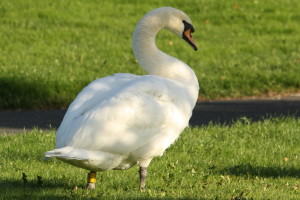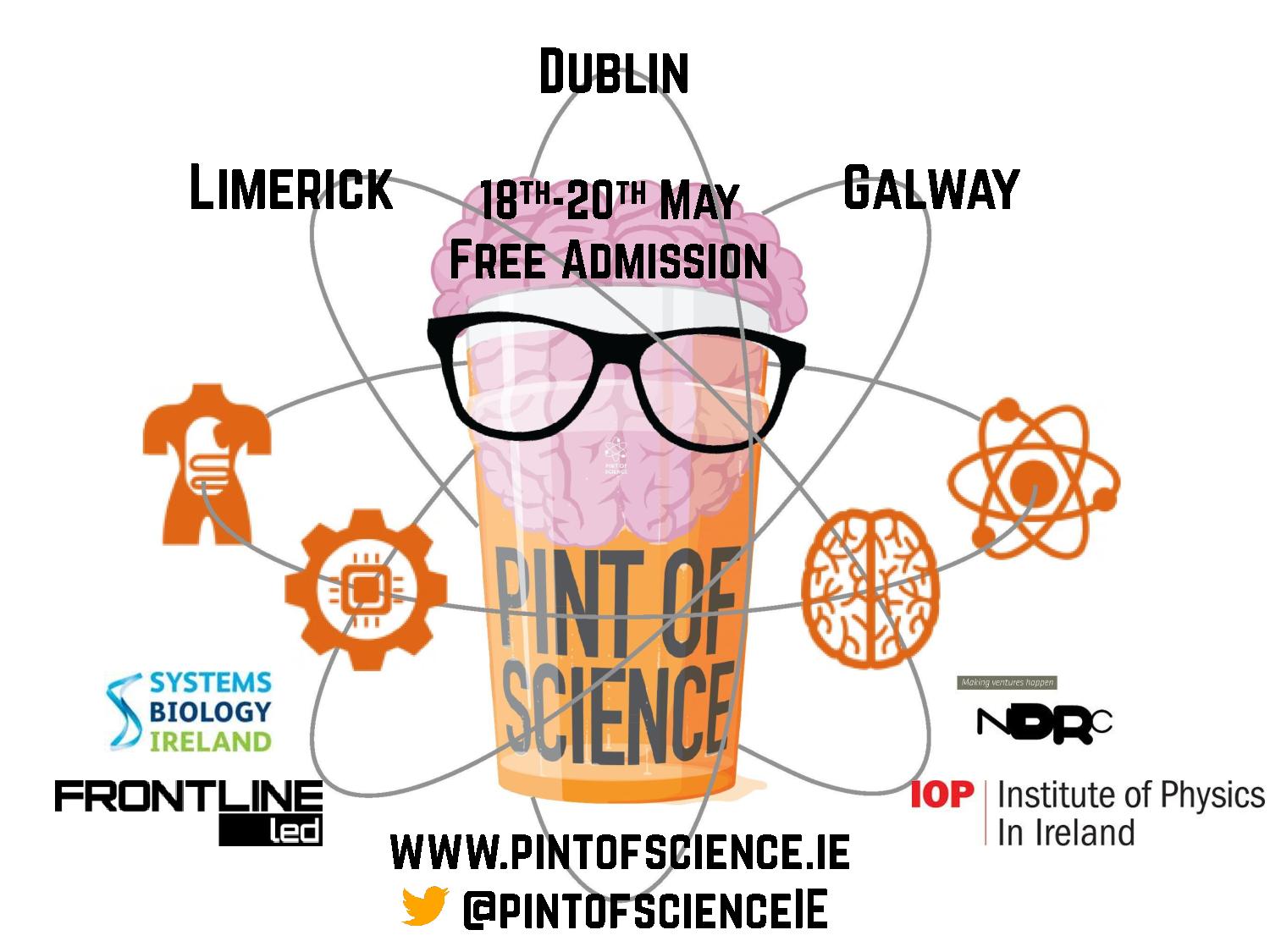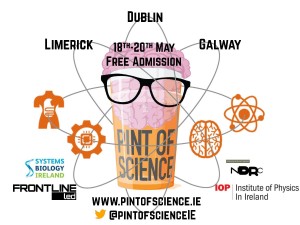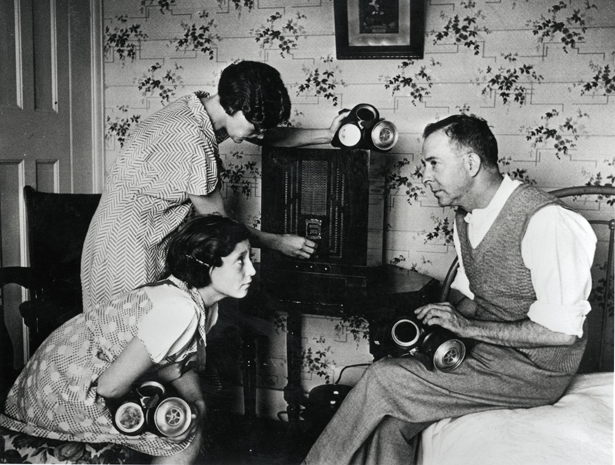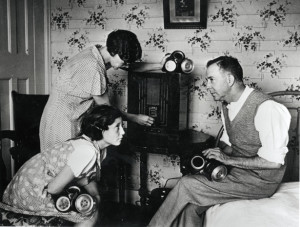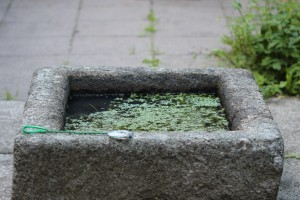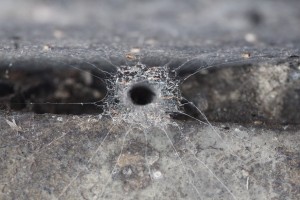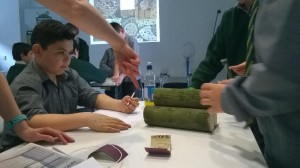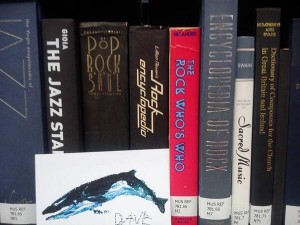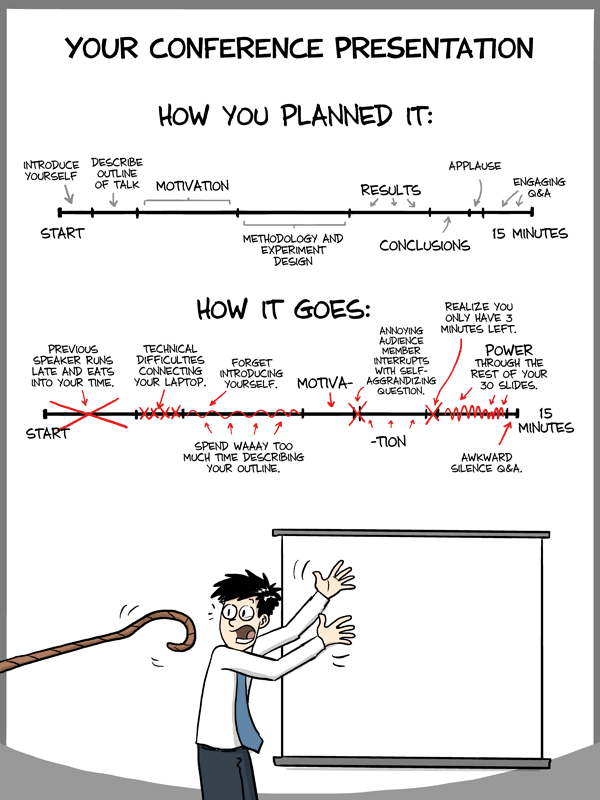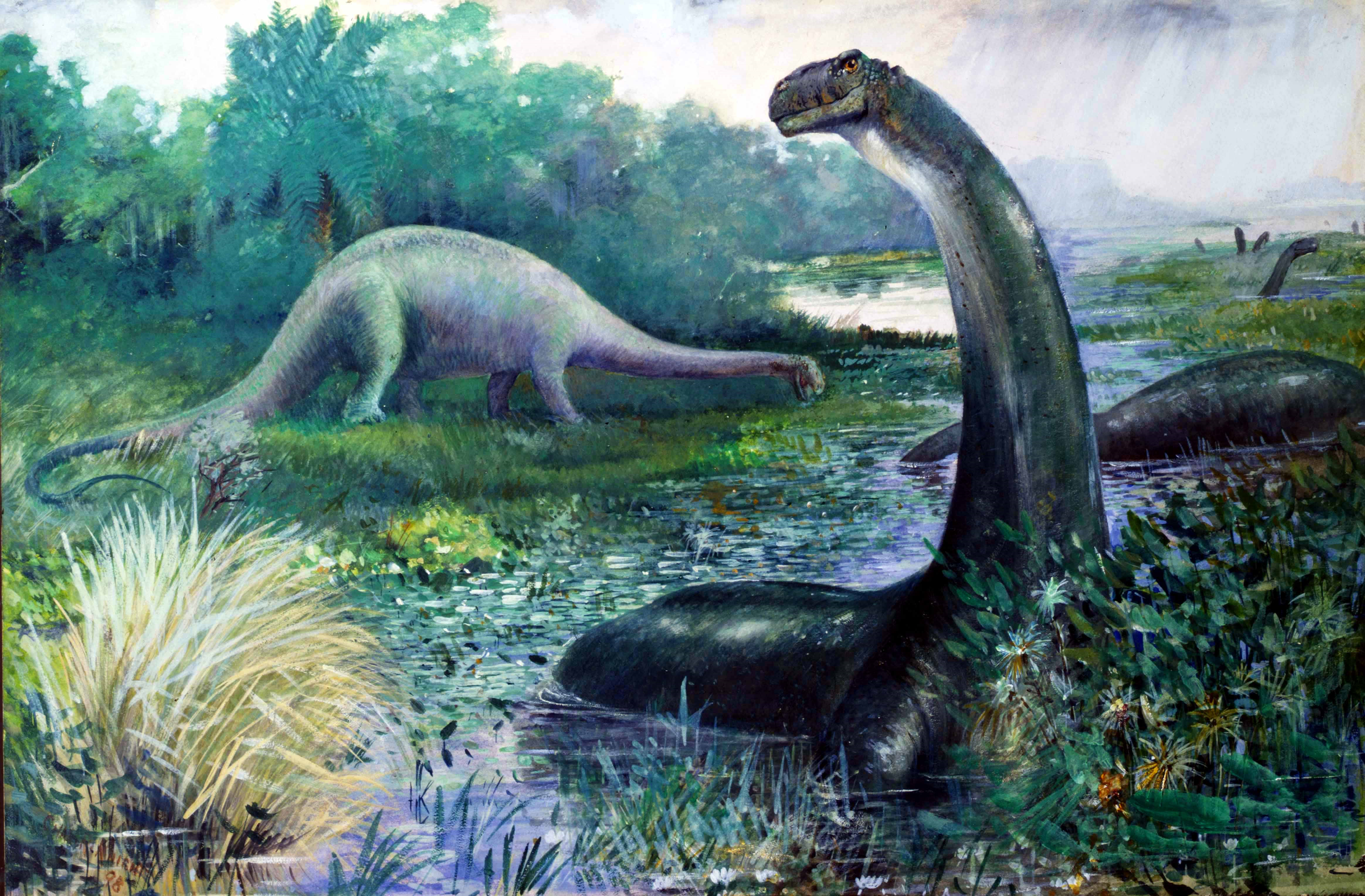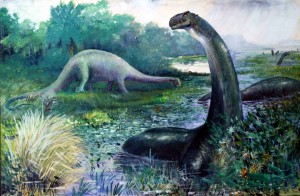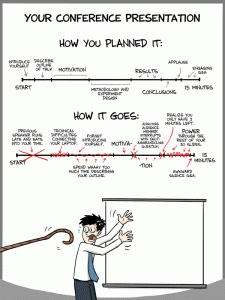
Off the back of our recent Postgraduate Symposium, I thought it would be useful to summarise some of the advice and criticism we received afterwards. These points are a mix of the feedback from our invited speakers, academic staff and fellow postgraduate students, as well as some of my own observations and preferences. While the majority of the information below is common knowledge and most people do their best to give a good talk, the reality is that there is no such thing as a perfect talk and there will always be room for improvement; that’s fine! Just do your best and afterwards take note of what areas you would like to improve.
1) Remember: slides are an aid to your talk, they are not the focus. Your voice should be the primary focus of the audience; the accompanying slides are to help you explain more complicated ideas and results, introduce a study system or area and generally keep your audience interested (hence the inclusion of many an interesting/pretty/grotesque picture). Therefore, in general, you do not need large sections of text on your slides. As much as you may think the text is necessary, it most likely isn’t so get rid of it! This removes any temptation to read off the slides and helps keep your audience focussed on you. Furthermore, you are more likely to give a better talk with a more natural flow if you stick to this. The most informative and enjoyable talks I have seen typically contain slides with almost no text, primarily using figures, photos, cartoons etc. Also, don’t go for overkill and try to say too much. Present a concise, clear and fluid story for your audience to follow, leaving out any gritty methodological and statistical details that are not central to your research.
2) Talk to the audience – all of it – and never to your slides. This means that you always face your audience, regularly changing the direction of your gaze, speaking loudly, slowly and clearly, therefore engaging as much of the audience as possible. Furthermore, when you are presenting to an international audience, remember that English (or whatever language you are speaking) may not be the first language of many attendees. This is when it is even more important to make an effort to speak loudly, clearly and slowly (and avoid using any slang).
3) Enjoy yourself! Do your best to smile, relax and be enthusiastic about your research. Unlike a typical manuscript, a presentation allows you to inject some passion for your work. If you are not engaged or enthused, how do you expect your audience to be?
4) Always remember to state the general importance of your research and what areas it applies to. Make your research and topic as relevant to as many people as possible (within sensible limits, of course). This is sadly overlooked by many postgraduate students and can be frustrating to watch. You can do this (i) at the beginning by starting with a broad introduction (this does not equate to five slides of background information, rather it could simply be a few sentences, just to provide your audience with a context) and (ii) at the very end, discussing the implications of your results to your field as a whole, addressing the scope of the symposium/conference/session if particularly appropriate.
5) If a particular aspect of your work is complex and difficult to explain, do your best to deconstruct it with the relevant figures and always repeat the main point/finding before proceeding.
6) Always handle questions in a polite, interested and engaging way. Be open, not defensive. A good tip is to repeat each question for the audience so that they all hear it. While this keeps all of the audience clued in, it also gives you time to formulate a response in your head. When you respond, remember to address all of the audience, not only the ‘questioner’, and always mention that you’re happy to discuss things further afterwards (I’d go as far as encouraging people to come chat to me afterwards, even if it is just to grill me; a grilling is always welcome as a postgrad!).
7) Dress for the occasion. Be comfortable but also mindful of why you are giving a talk and who you are giving it to.
8) If you are using a laser-pointer, avoid waving it around excessively on the screen. Use it sparingly, only when a particular detail needs highlighting.
9) Always check the compatibility of your files, allowing time to make amendments if needed, save in multiple formats and have back-ups, whether on another storage device or in your email inbox.
10) Learn from other presentations what aspects you particularly like and dislike. For example, I prefer when acknowledgements come at the start of start of a talk as this allows the speaker to finish with a focussed, ‘take-home’ message of the research. Also, you don’t need to read out every name in your acknowledgements; people will always do it themselves so just go for the major ones.
11) Practice your talk multiple times aloud (how it sounds inside your head does not equate to how it actually comes out).
12) Finally, don’t panic; be confident and do your best.
Author: Seán Kelly, kellys17[at]tcd.ie, @seankelly999
Image Source: phdcomics.com


